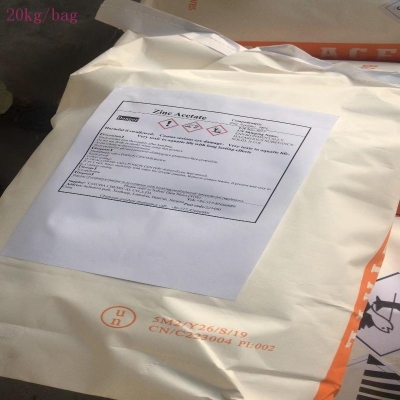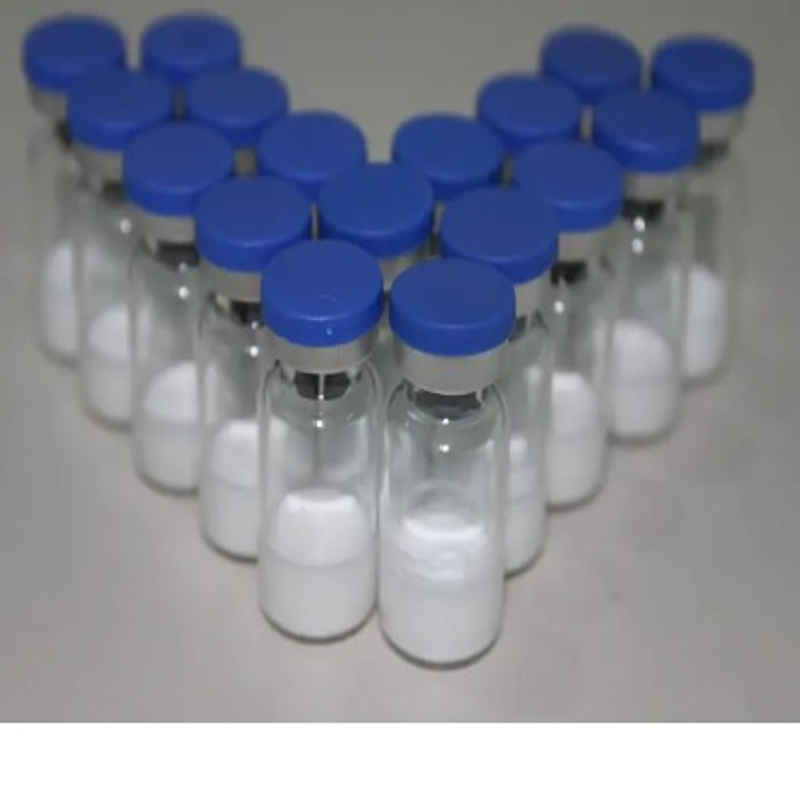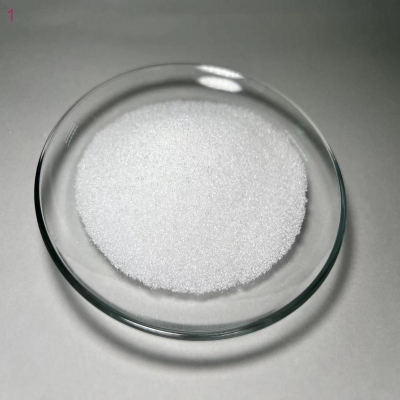-
Categories
-
Pharmaceutical Intermediates
-
Active Pharmaceutical Ingredients
-
Food Additives
- Industrial Coatings
- Agrochemicals
- Dyes and Pigments
- Surfactant
- Flavors and Fragrances
- Chemical Reagents
- Catalyst and Auxiliary
- Natural Products
- Inorganic Chemistry
-
Organic Chemistry
-
Biochemical Engineering
- Analytical Chemistry
-
Cosmetic Ingredient
- Water Treatment Chemical
-
Pharmaceutical Intermediates
Promotion
ECHEMI Mall
Wholesale
Weekly Price
Exhibition
News
-
Trade Service
Which fertilizers have better development prospects in the future? Many people in the industry have proposed that slow-release fertilizers, water-soluble fertilizers, UAN liquid fertilizers, and soil-testing formula fertilizers will become hot spots for future development.
?? Slow and controlled release fertilizer has the characteristics of improving the utilization rate of chemical fertilizers, and can effectively combine the release rate and release period with the growth law of crops, thereby increasing the effective utilization rate of fertilizer nutrients by more than 30%.
It is expected to be used in other crops such as rice and wheat in the future.
The application of will be further broadened.
?? Water-soluble fertilizer has the characteristics of water saving, high efficiency, environmental protection, and increase in income.
With the development of intensive and large-scale agriculture, the application of water and fertilizer integration has increased, and it has gradually changed from traditional spraying and flushing to large-scale batch application.
.
It is expected that with the advancement and promotion of drip irrigation technology, the demand for water-soluble fertilizers will gradually increase.
UAN is the urea ammonium nitrate solution, which has the advantages of low energy consumption in the production process, rich nitrogen forms, and stable products.
It is expected that by 2020, 10 million tons of agricultural urea will be replaced by UAN.
After the replacement, it can reduce the 1.
92 million tons of reactive nitrogen emitted to the environment during the application of nitrogen fertilizers and reduce farmers' expenditure on fertilizer by 880 million yuan.
?? Soil testing and formula fertilization will develop in the direction of precise and balanced fertilization, adjust the input of various nutrients according to local conditions, realize the maximum and reasonable application of fertilizer resources, and strive to increase the fertilizer utilization rate of main crops to more than 40% by 2020.
?? Slow and controlled release fertilizer has the characteristics of improving the utilization rate of chemical fertilizers, and can effectively combine the release rate and release period with the growth law of crops, thereby increasing the effective utilization rate of fertilizer nutrients by more than 30%.
It is expected to be used in other crops such as rice and wheat in the future.
The application of will be further broadened.
?? Water-soluble fertilizer has the characteristics of water saving, high efficiency, environmental protection, and increase in income.
With the development of intensive and large-scale agriculture, the application of water and fertilizer integration has increased, and it has gradually changed from traditional spraying and flushing to large-scale batch application.
.
It is expected that with the advancement and promotion of drip irrigation technology, the demand for water-soluble fertilizers will gradually increase.
UAN is the urea ammonium nitrate solution, which has the advantages of low energy consumption in the production process, rich nitrogen forms, and stable products.
It is expected that by 2020, 10 million tons of agricultural urea will be replaced by UAN.
After the replacement, it can reduce the 1.
92 million tons of reactive nitrogen emitted to the environment during the application of nitrogen fertilizers and reduce farmers' expenditure on fertilizer by 880 million yuan.
?? Soil testing and formula fertilization will develop in the direction of precise and balanced fertilization, adjust the input of various nutrients according to local conditions, realize the maximum and reasonable application of fertilizer resources, and strive to increase the fertilizer utilization rate of main crops to more than 40% by 2020.







